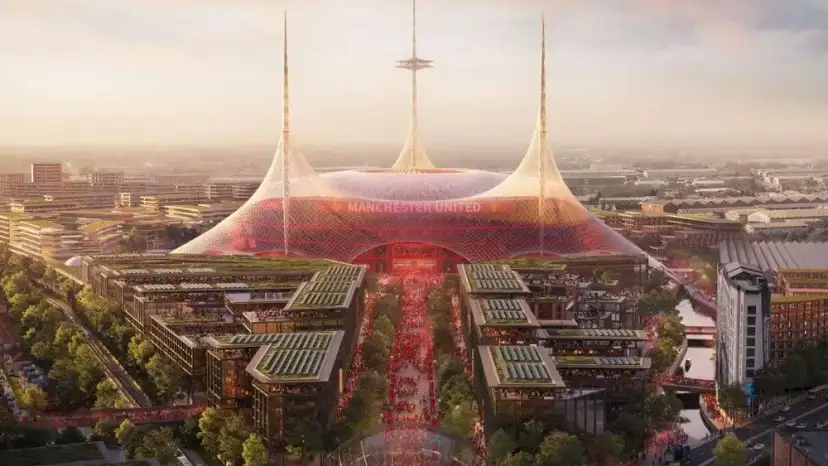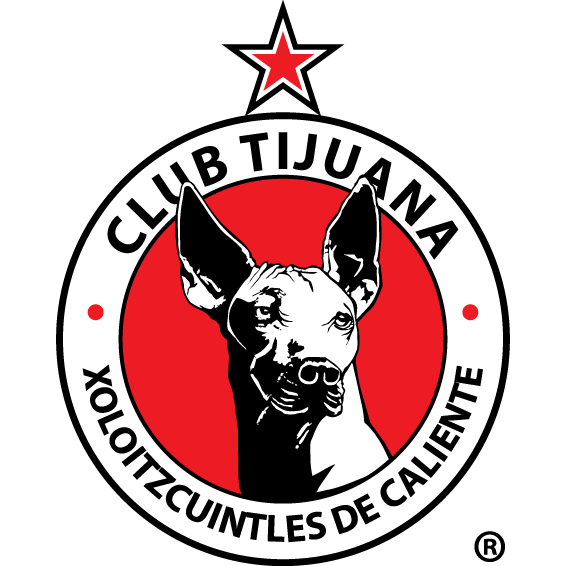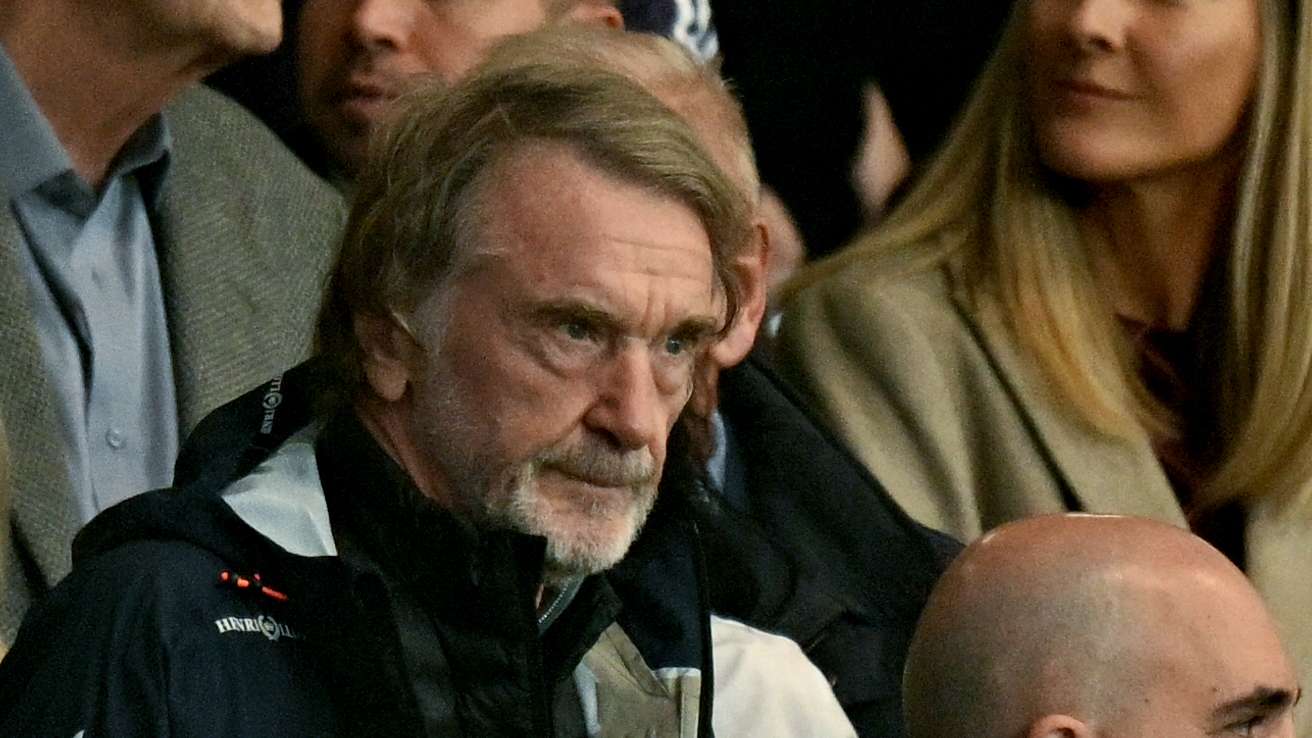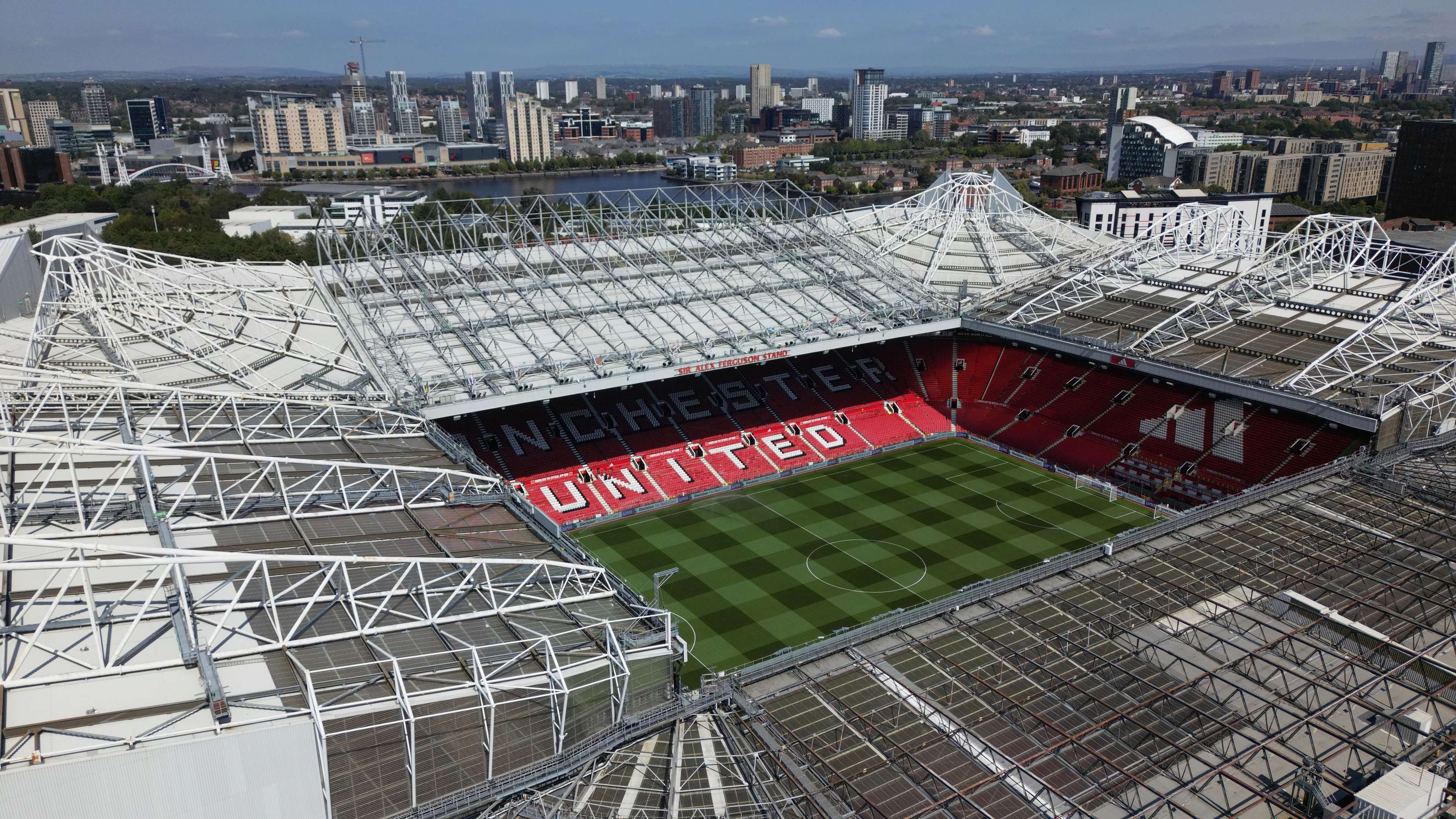
Manchester United Reconsider New Old Trafford Plans as Controversial Canopy Design Faces the Axe
The future of Old Trafford is once again a hot topic for Manchester United fans — and this time, the debate is just as much about tradition as it is about money. The club has reportedly walked back on its ambitious plans to build a futuristic “circus-style” stadium complete with a three-pronged canopy that would have dramatically altered the look of their historic home. Instead, the club is now exploring alternative plans for a new Old Trafford that keep things more in line with the traditional image of a football ground.
The move comes amid a complex standoff over land acquisition, skyrocketing costs, and fan backlash that saw many supporters dismiss the original designs as an unnecessary gimmick. The new approach could not only save Manchester United hundreds of millions of pounds but also speed up the timeline for a redevelopment project that has been years in the making.
Man Utd’s Original Old Trafford Plans Hit Land Snag
When Sir Jim Ratcliffe and INEOS unveiled their ambitious plans in March, they envisioned a state-of-the-art, 100,000-seat stadium that would rival the very best sporting arenas in the world. At the centre of that vision was the eye-catching canopy design that would wrap around the stadium’s exterior, giving it a strikingly modern look.
But there was one big problem: space. For the redevelopment to go ahead in its original form, United needed to acquire land to the west of the current ground, a site owned by Freightliner, a major logistics company.
Early estimates valued the land at around £50 million — expensive, but manageable within the scope of a £2 billion project. However, The Guardian reports that Freightliner has played hardball during negotiations, with sources claiming the price tag could be as high as £400 million. One source even suggested that Freightliner has “United over a barrel,” knowing full well how crucial the land is to the club’s plans.
To complicate matters further, Freightliner’s UK rail and road operations are in the process of being sold to French shipping giant CMA CGM, which could delay or derail negotiations altogether.
Alternative Plans Without the Canopy
Rather than wait indefinitely for a breakthrough, Manchester United have drawn up alternative plans that would require less land and remove the controversial canopy altogether. According to The Athletic, these designs are “more in line with traditional appearances,” which will likely please a significant portion of the fanbase.
When Foster + Partners’ original designs were released, many fans were quick to criticise them, calling the canopy “embarrassing,” “ugly,” and unbefitting of a club with United’s heritage. Some likened it to an airport terminal or a theme park attraction rather than a cathedral of football.
Scrapping the canopy would not only save an estimated £300-400 million in construction costs but would also reduce the land footprint required, making it far easier to get the project moving.
Ratcliffe’s Vision for a Regenerated Old Trafford
Despite the complications, Sir Jim Ratcliffe has remained bullish about the need to build a new home for Manchester United. Speaking at the original project launch earlier this year, he said:
“Our current stadium has served us brilliantly for the past 115 years, but it has fallen behind the best arenas in world sport. By building next to the existing site, we will be able to preserve the essence of Old Trafford while creating a truly state-of-the-art stadium that transforms the fan experience only footsteps from our historic home. Just as important is the opportunity for a new stadium to be the catalyst for social and economic renewal of the Old Trafford area.”
For Ratcliffe, this is about more than football. He sees the redevelopment as a once-in-a-generation opportunity to revitalise the surrounding neighbourhood, attract investment, and create thousands of jobs.
Political Support Could Be Crucial
With costs spiralling, Manchester United may now look to intensify their push for government support to help with enabling works and infrastructure around the site. Back in March, Ratcliffe emphasised that the project was of “national significance” and aligned with the government’s stated mission to invest in the north of England.
Chancellor Rachel Reeves initially voiced her support, but there has been little concrete assistance so far. Greater Manchester Mayor Andy Burnham, who sits on the Old Trafford Regeneration Task Force, confirmed in August that talks with Freightliner were “far from being concluded,” suggesting this saga still has a way to run.
In a fan forum earlier this summer, club representatives said:
“Discussions are ongoing with local authorities, land owners and potential funding partners with a view to securing the land and the finance we need to proceed with the project. It remains our ambition to proceed with the project as quickly as possible, but we can only do this once the necessary land and funding is in place.”
£2 Billion Question Still Unanswered
Perhaps the biggest issue hanging over the entire project is the price tag. The full rebuild is expected to cost around £2 billion — a colossal sum for a club that has been scrutinised in recent years for its debt levels and transfer spending.
Although Foster + Partners remain favourites to win the tender as stadium architects, United have not yet officially appointed them to the project, leaving the door open for rival firms to submit their bids.
For now, the club must strike a balance between ambition and realism. They cannot afford to let Old Trafford fall further behind modern stadium standards, but nor can they risk overcommitting financially in what is still a challenging economic environment.
What Happens Next
Manchester United’s hierarchy must now decide whether to keep fighting for the land that would allow the original design to proceed — or whether to move forward with a scaled-back version that could be built sooner and with far less financial risk.
Whatever they decide, the pressure will be intense. United fans are desperate for a stadium worthy of their club’s history and global stature, but they are equally passionate about preserving the soul of Old Trafford.
By removing the controversial canopy design, United may just have struck the right balance between modernity and tradition. Now it’s up to Ratcliffe, INEOS, and the club’s decision-makers to turn those plans into reality.




























There are no comments yet. Be the first to comment!